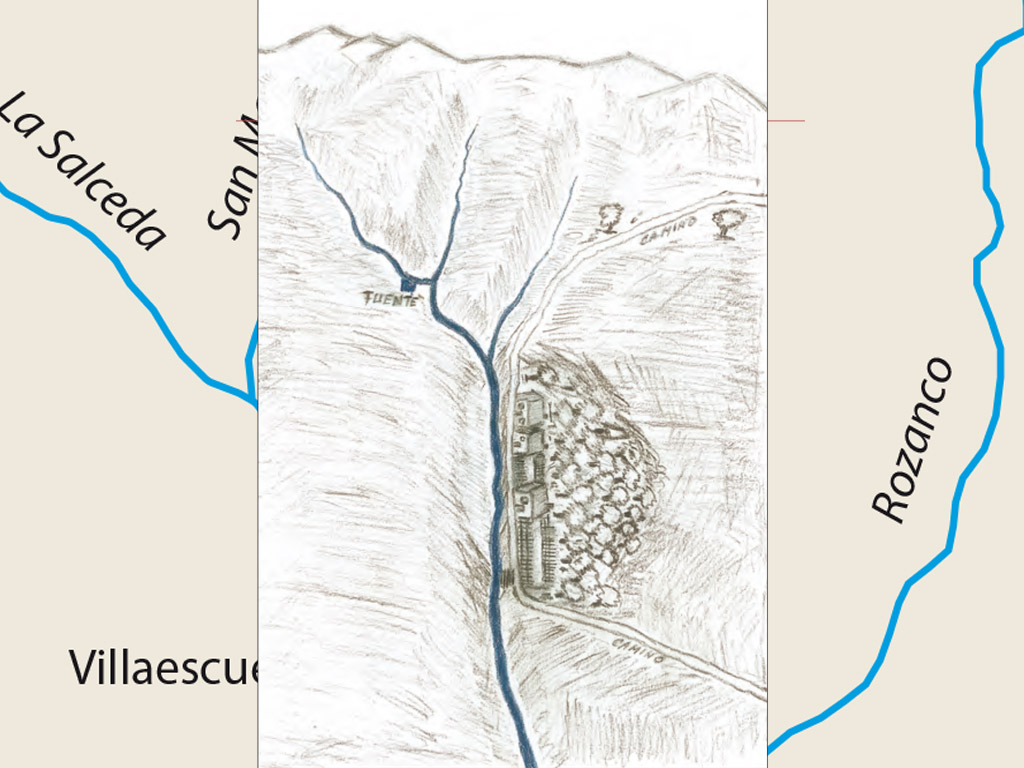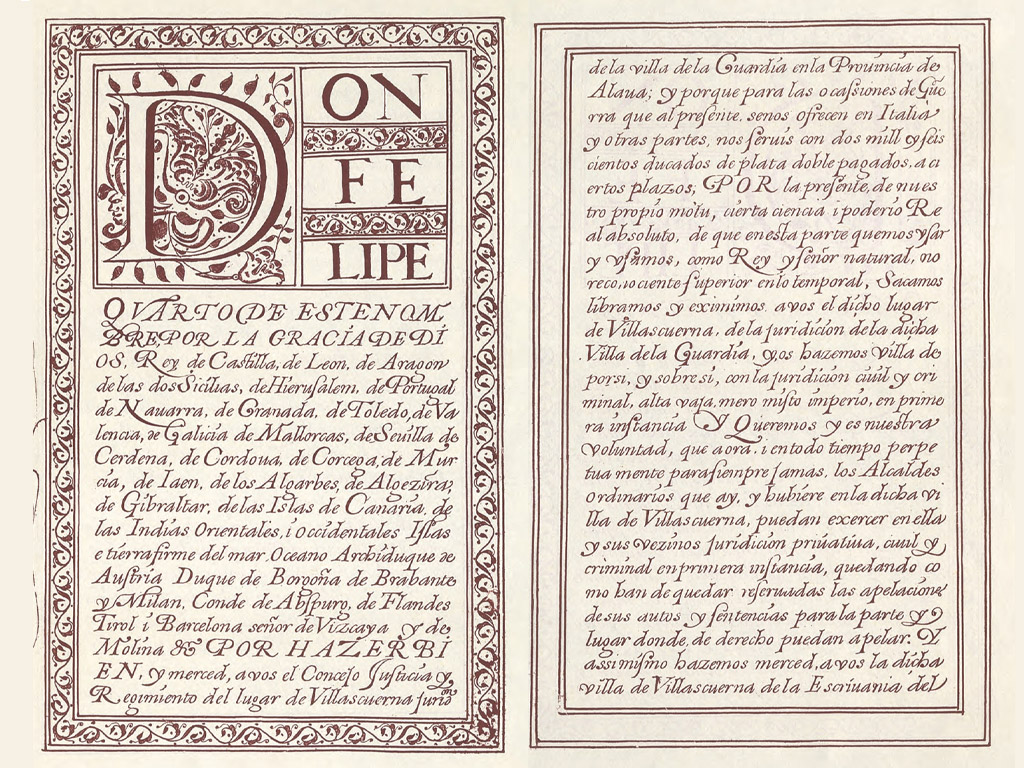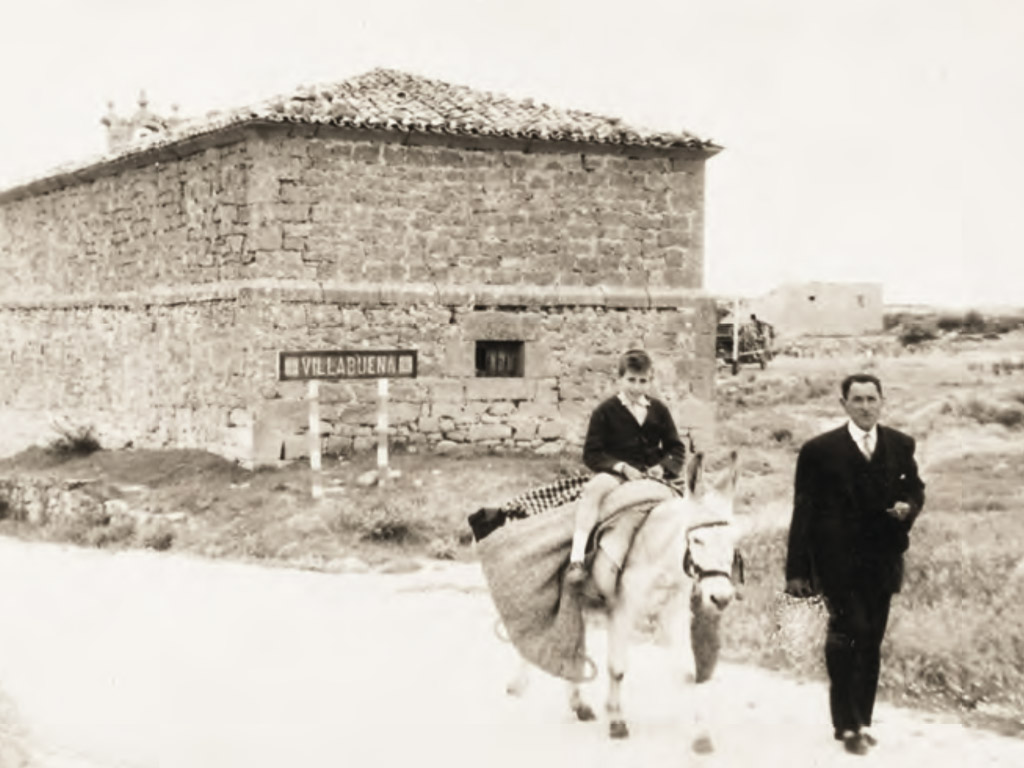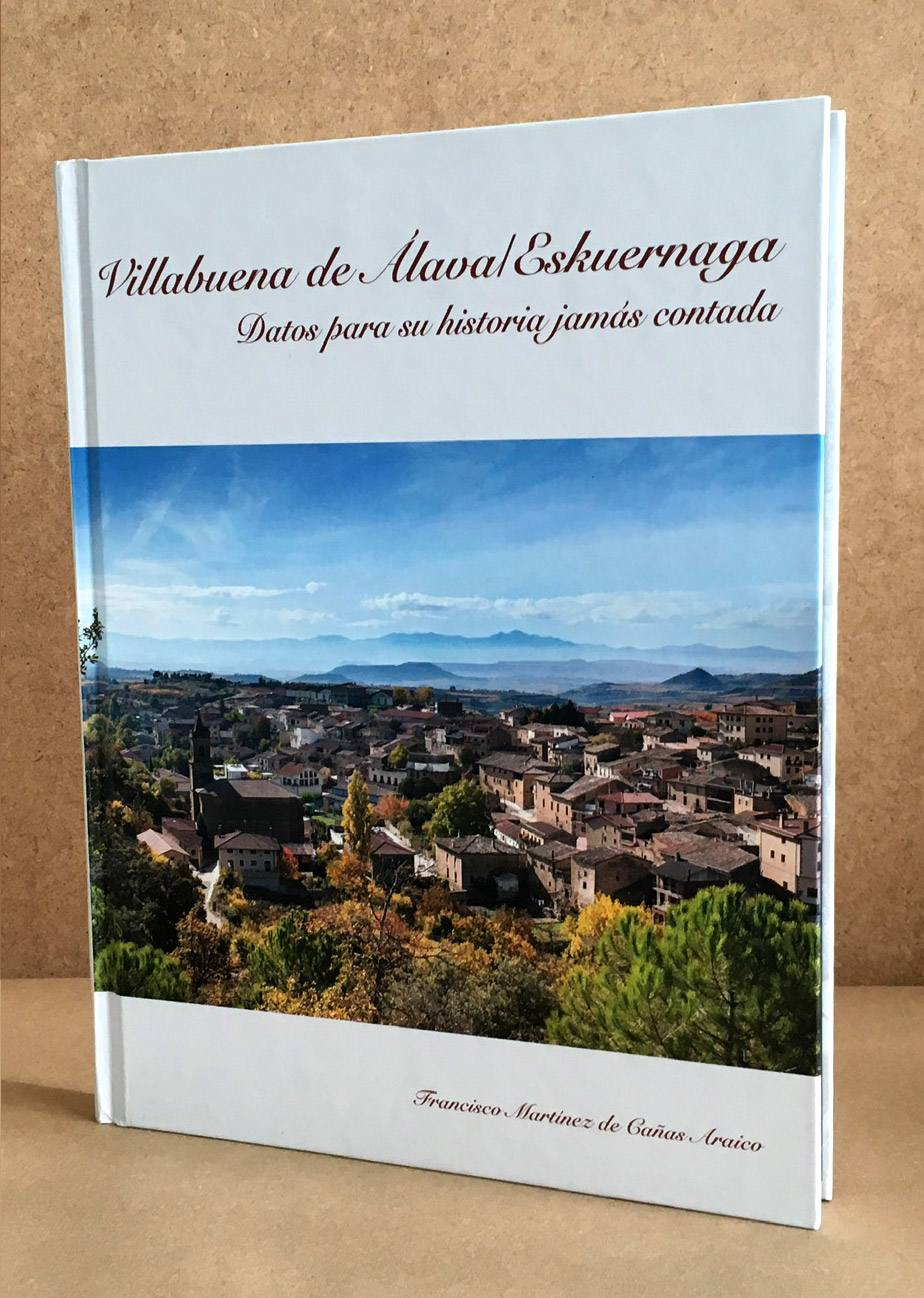VILLABUENA DE ÁLAVA/ESKUERNAGA, A VILLAGE THAT HAS FOUND ITS NAMES AND ITS HISTORY AGAIN
This village has found its names and its history through time again and, thus, we can briefly say that:
STRONG FEATURES OF RIOJA ALAVESA
STRONG FEATURES OF RIOJA ALAVESA
I will start by highlighting the advantages, virtues and strengths of both Villabuena de Álava/Eskuernaga and Rioja Alavesa region.
- It is a rural region located in the south part of Álava, and it has approximately 11.394 inhabitants (up until 31/01/2018). The population is spread among more than twenty small villages and population centres, and they basically live off of grapes and wine-making. That rural nature is the one giving them their charm and uniqueness.
- It perfectly shows the “terroir” notion, which is very appreciated among many oenologists and foreign visitors: an inimitable geographical setting, poor soil, arid climate, a millenary wine experience. Recently, some of the most important wine-producing groups have settled in Rioja Alavesa, and that has not happened by chance, or because they can get tax benefits, or even because the beauty of the landscape; there is something else.
- Because of some of the features we benefit from (vineyards full of grapes from old tempranillo, viura, malvasía, garnacha, and other varieties, planted on steep land, in smallholdings with poor clay, calcareous soils; sunny weather; grapes cultivated in a traditional way, and harvested manually), our wines are synonymous with the highest quality, and experts all around the world admire them.
- Since 1980s, the “viticulturist-harvester” figure started to be appreciated, and the old winery notion began to evolve towards the “family winery” model. It basically consists of independent grape and wine-growers, which cultivate and harvest their own grapes and then they make their own wines, which finally they sell under their own brand.





